When you look at Apple's product portfolio, is it clear which iPhone is the latest? Thanks to their unambiguous numbering, probably yes. You can also easily deduce the Apple Watch, thanks to its serial marking. But you will have a problem with the iPad, because here you have to go for the generation marking, which may not be shown everywhere. And now we have Macs and worse, Apple Silicon chips.
The iPhone branding itself was fairly transparent from the start. Although the second generation included the moniker 3G, this meant support for third generation networks. The subsequently added "S" only pointed to a performance increase. Since iPhone 4, the numbering has already taken a clear direction. The lack of an iPhone 9 model could have raised questions, when Apple introduced the iPhone 8 and then the iPhone X in one year, i.e. the number 10, in other words.
It could be interest you
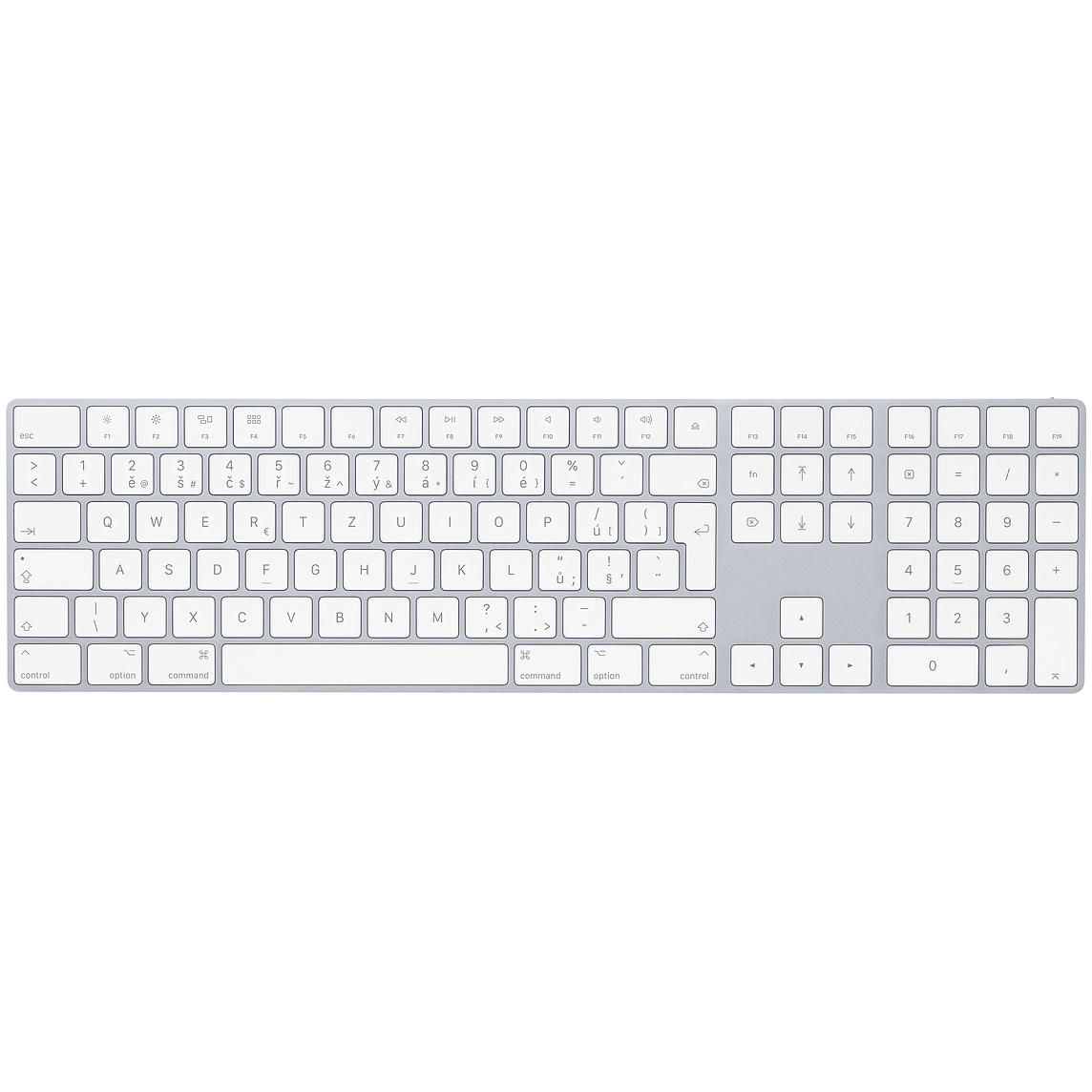
When it's a mess, it's neat
In the case of the Apple Watch, the only thing that is somewhat confusing is that their first model is called Series 0 and that two models were released the following year, i.e. Series 1 and Series 2. Since then, with the exception of the SE model, we have every year it's a new series. In the Apple Online Store, when comparing iPads, their generation is indicated, other sellers also often indicate the year of their release. Even if it is already a bit confusing, you can find the right model relatively easily in this case as well.
It's a bit illogical with Macs. Compared to generations of iPads, the computer models here indicate the year of their launch. In the case of MacBook Pros, the number of Thunderbolt ports is also indicated, in the case of Air, the quality of the display, etc. However, you can see how meaningless the labeling of Apple products next to each other (or below each other) looks in the following list.
Marking of various Apple products
- MacBook Air (Retina, 2020)
- 13-inch MacBook Pro (two Thunderbolt 3 ports, 2016)
- Mac mini (Late 2014)
- 21,5-inch iMac (Retina 4K)
- 12,9-inch iPad Pro (5th generation)
- iPad (9th generation)
- iPad mini 4
- iPhone 13 Pro Max
- iPhone SE (2nd generation)
- iPhone XR
- Apple Watch Series 7
- Apple WatchSE
- AirPods Pro
- AirPods 3nd generation
- AirPods Max
- Apple TV 4K
The real fun is yet to come
Moving away from Intel's processors, Apple switched to its own chip solution, which it named Apple Silicon. The first representative is the M1 chip, which was first installed in the Mac mini, MacBook Air and 13" MacBook Pro. Everything is fine here so far. As a successor, many quite logically expect the M2 chip. But in the fall of last year, Apple presented us with 14 and 16" MacBook Pros, which use the M1 Pro and M1 Max chips. Where is the problem?
Of course, if Apple introduces the M2 before the M2 Pro and M2 Max, as it does, then we will have a bit of a mess here. The M2 will surpass the M1 in terms of performance, which goes without saying, but it will not reach the M1 Pro and M1 Max. It will mean that a higher and generationally newer chip will be worse than those that are lower and older. Does that make sense to you?
It could be interest you
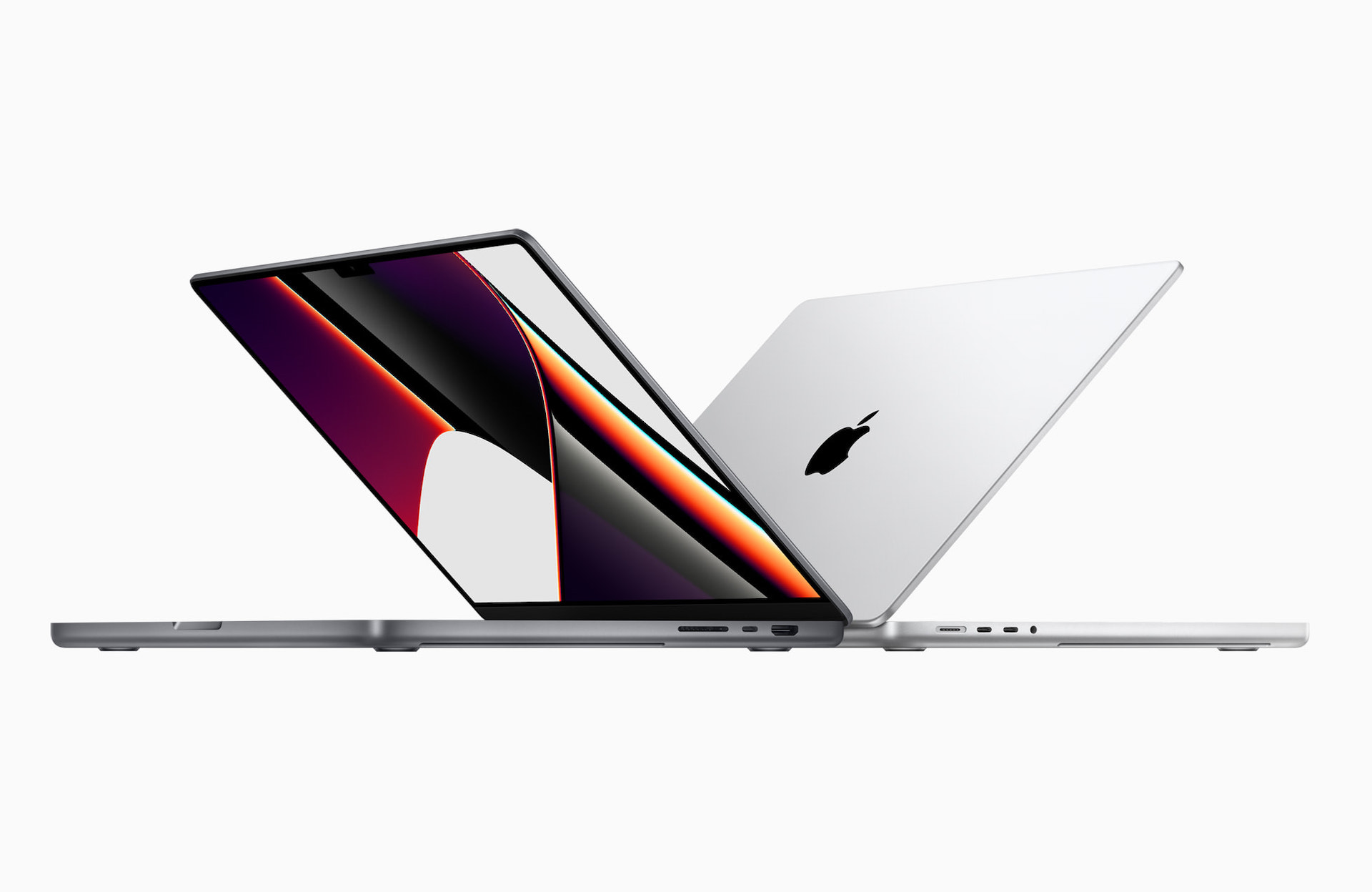
If not, get ready for Apple to screw us up. And wait until the M3 chip is here. Even with that, it may not be guaranteed that it will overtake the M1 Pro and M1 Max chips. And if Apple doesn't introduce its most advanced Pro and Max chips to us every year, we can have an M5 chip here, but it will be ranked between M3 Pro and M3 Max. Is it at least a little clear to you?
 Adam Kos
Adam Kos 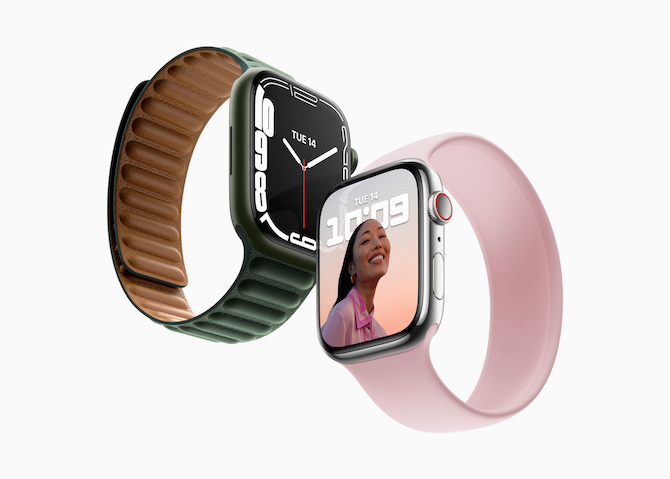
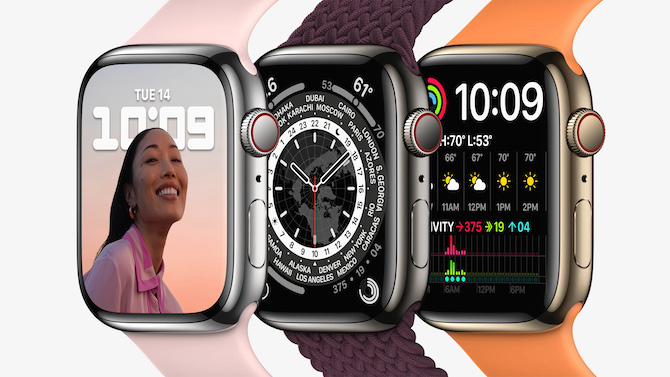
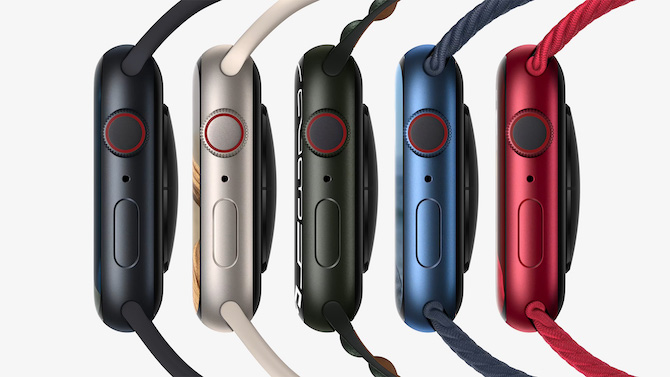


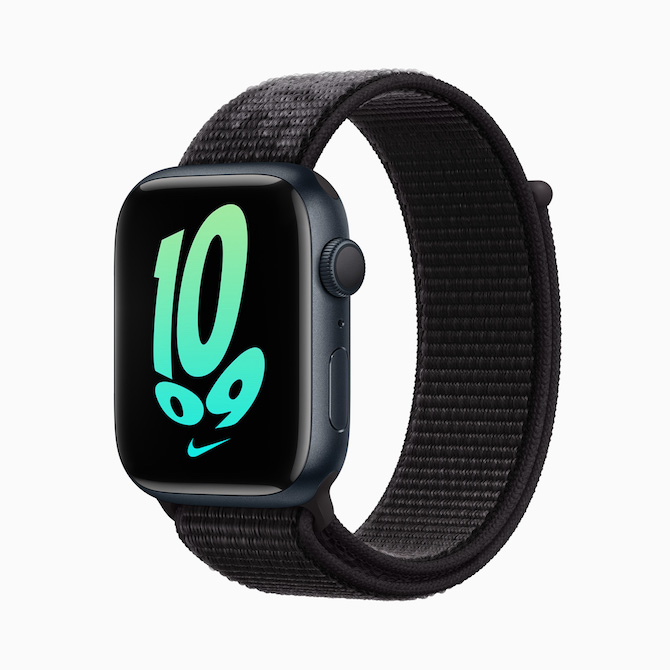

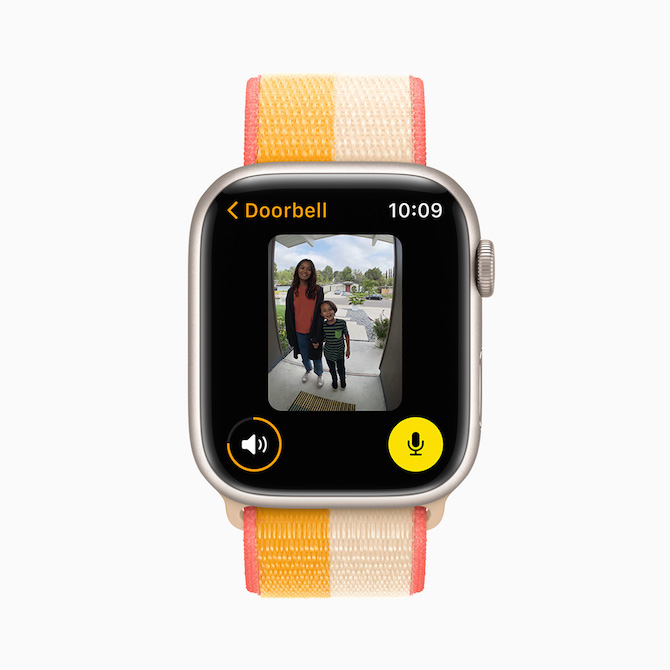
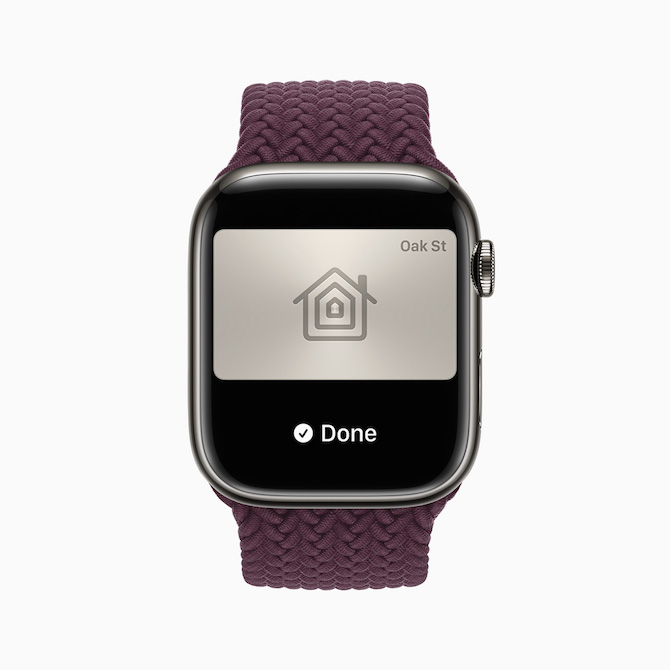
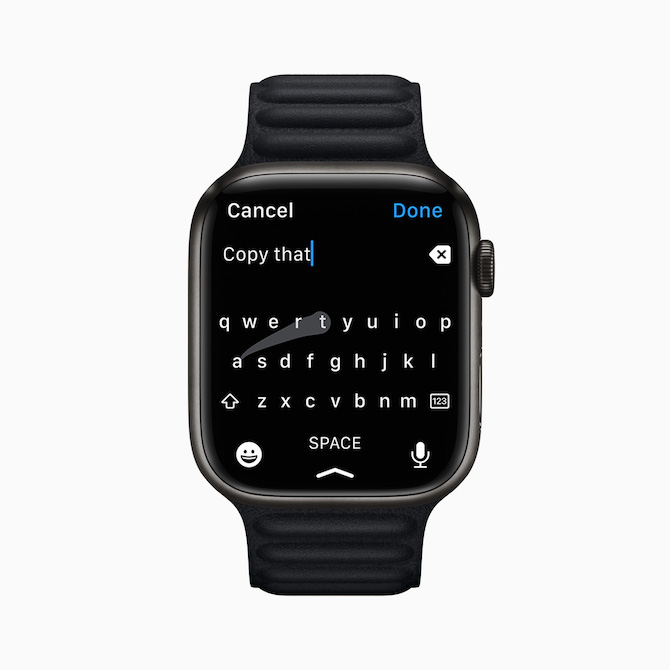
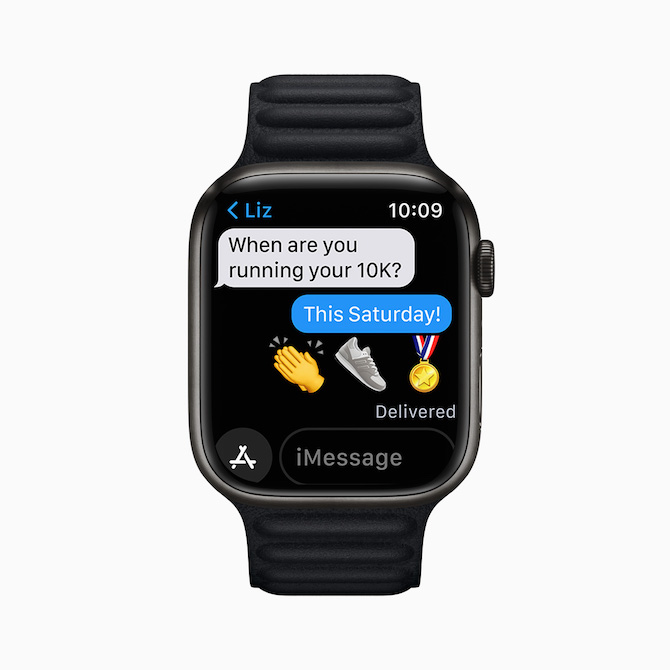
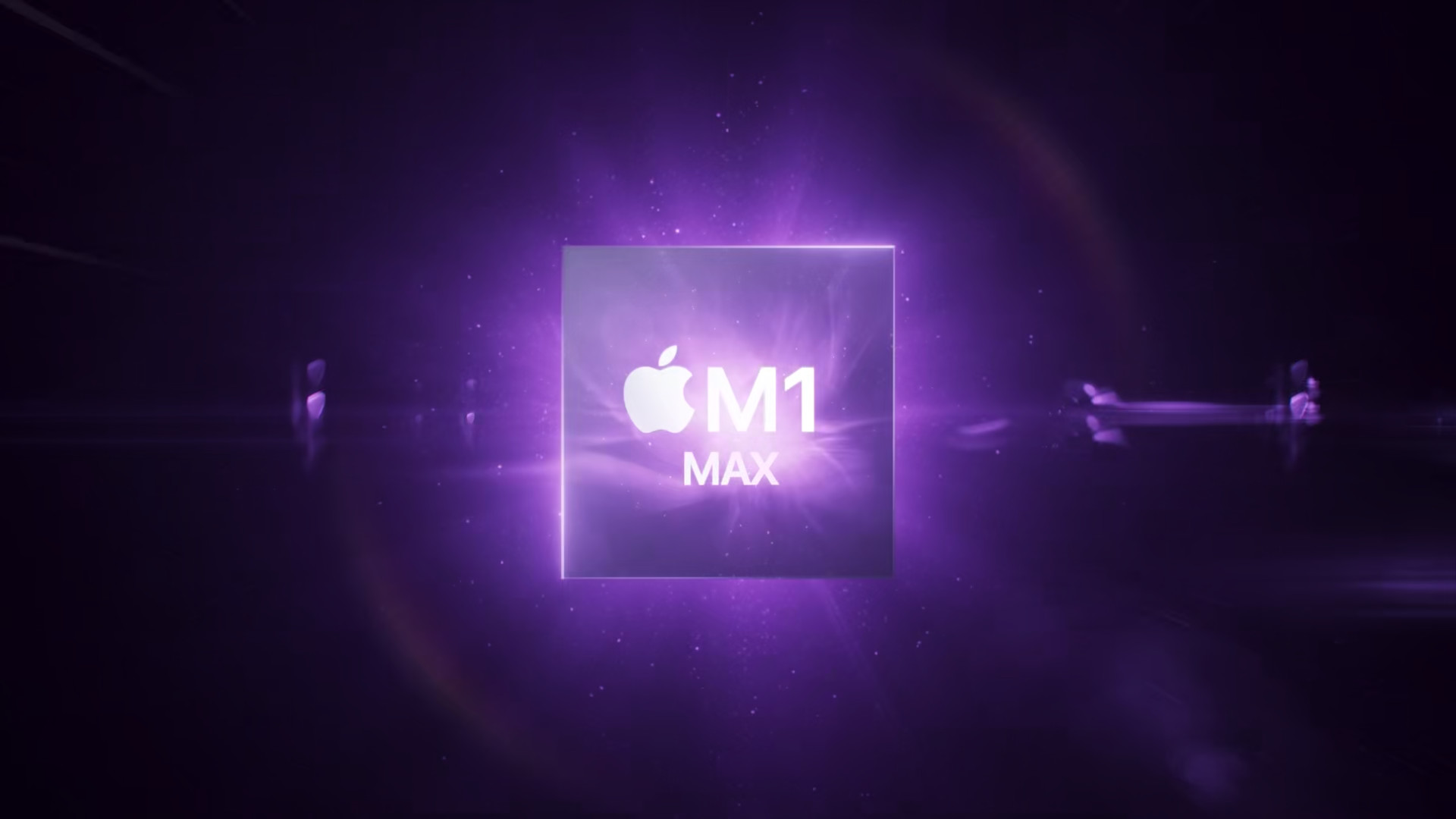
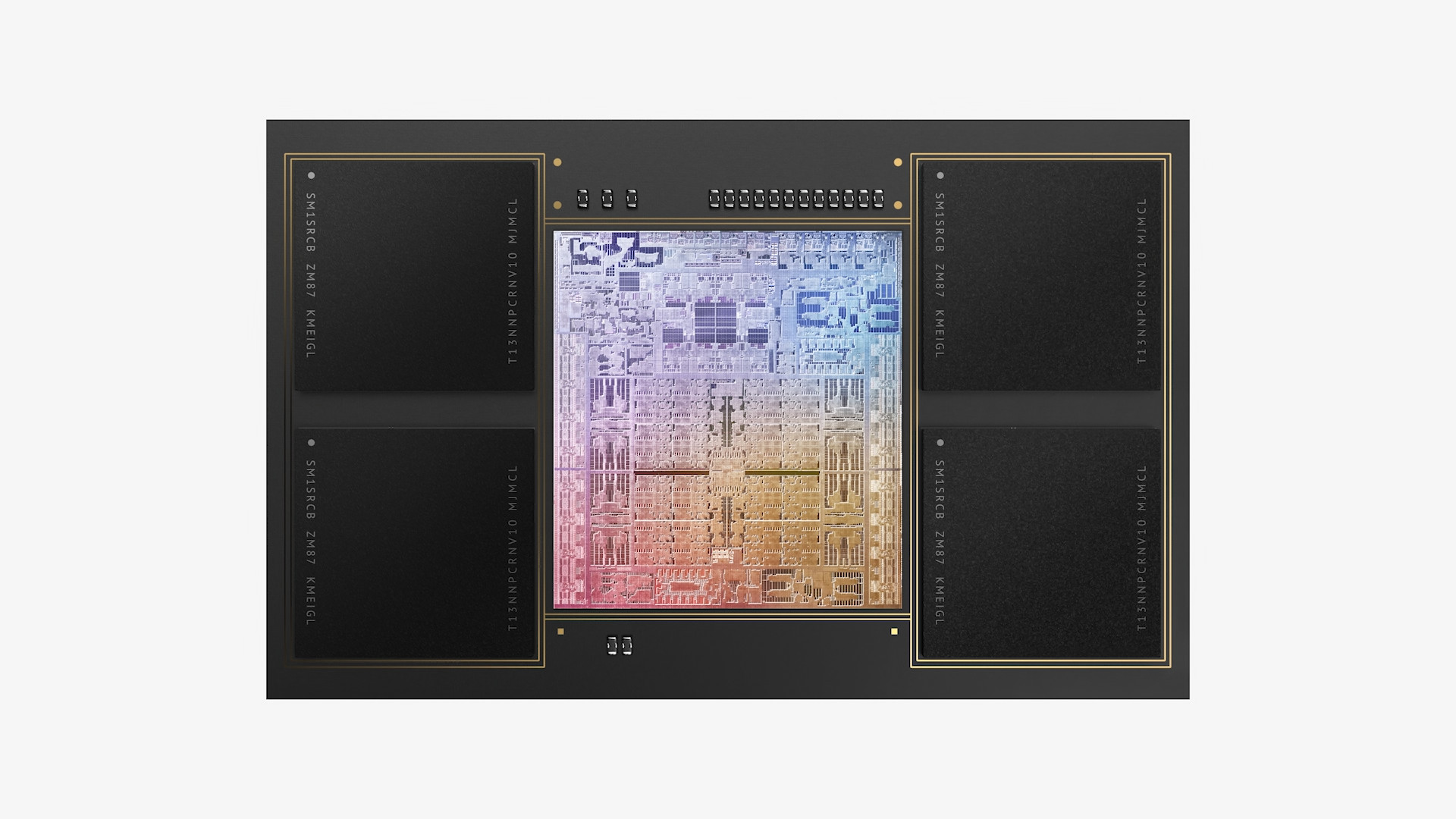

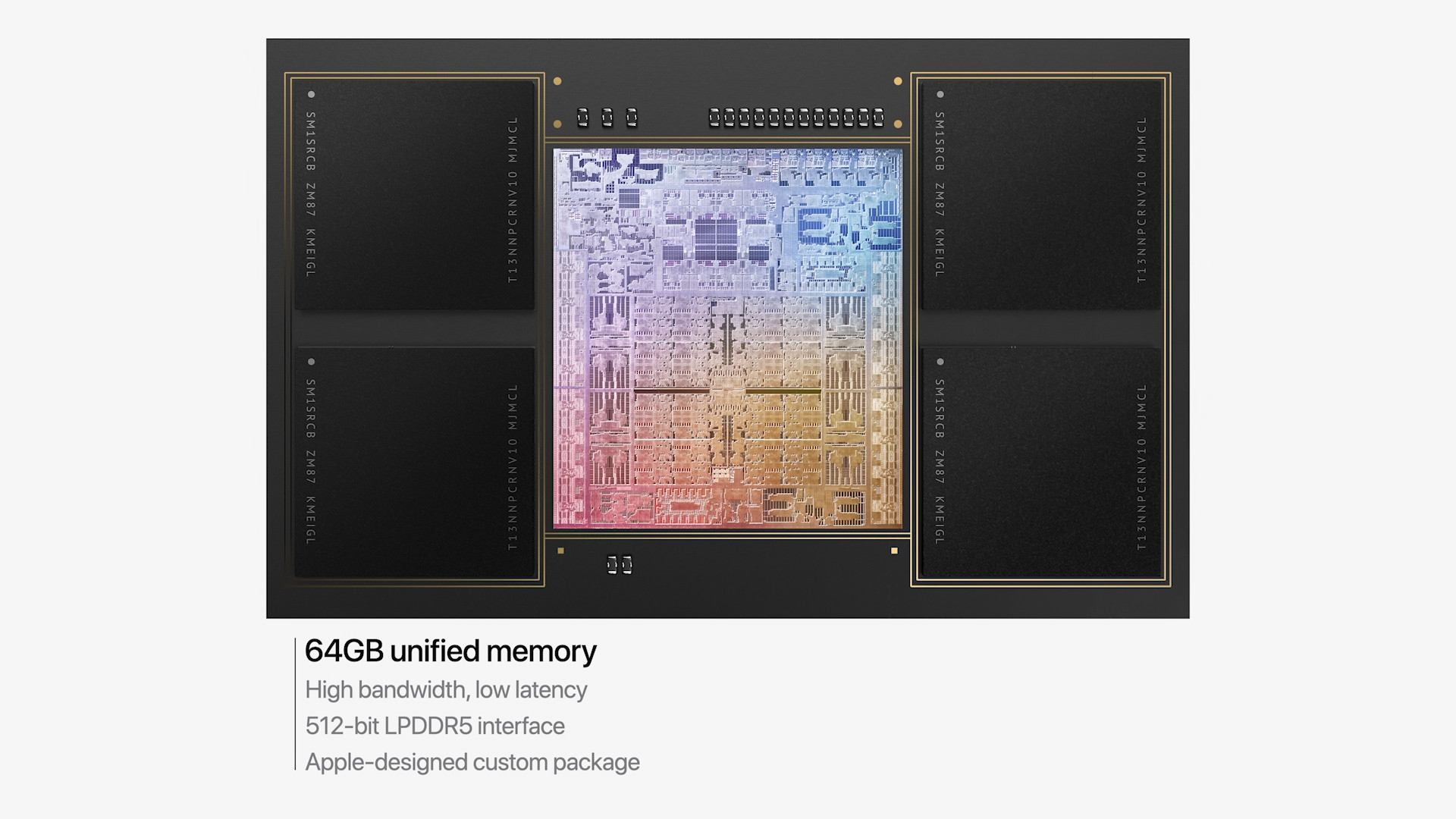
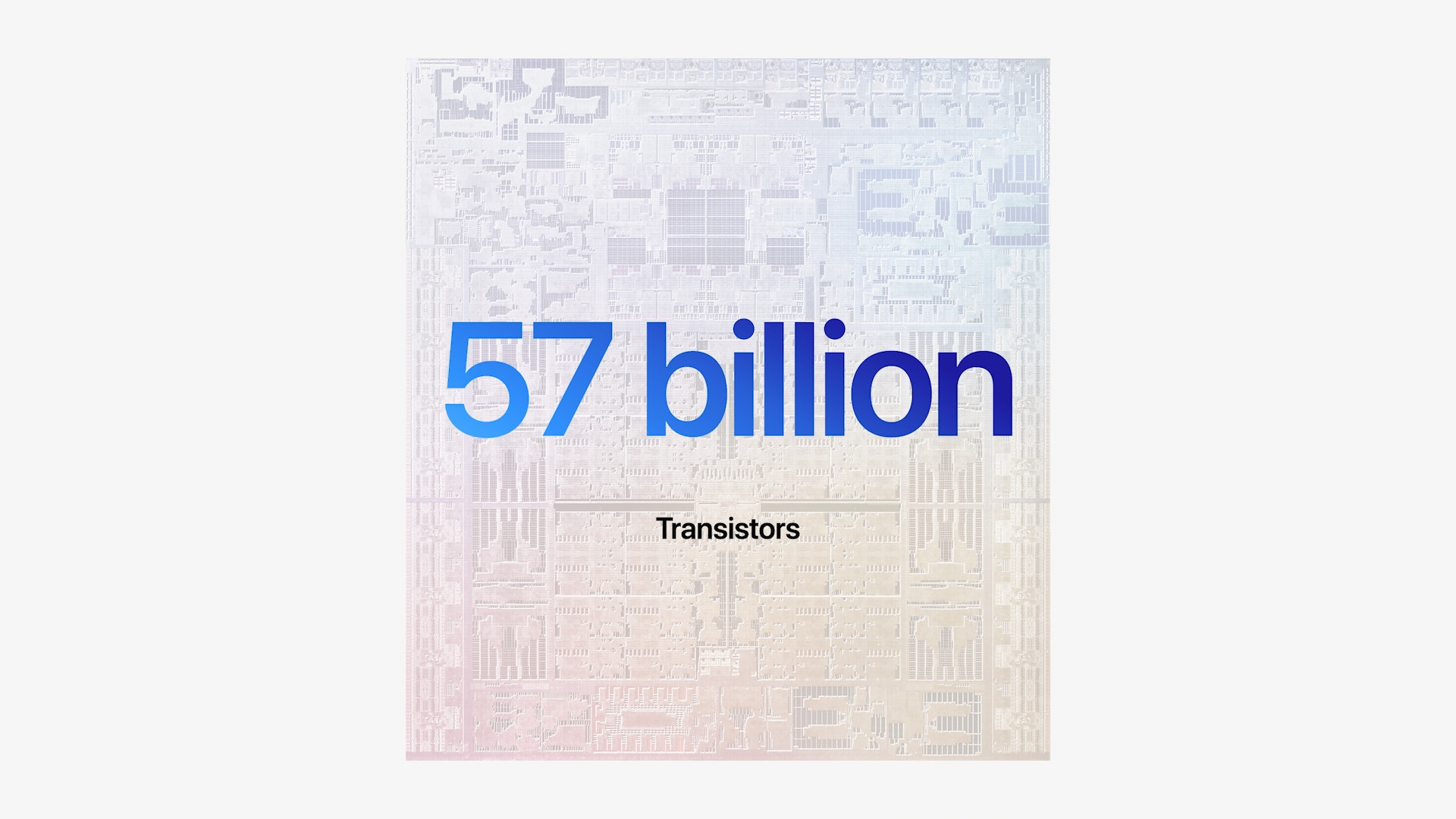
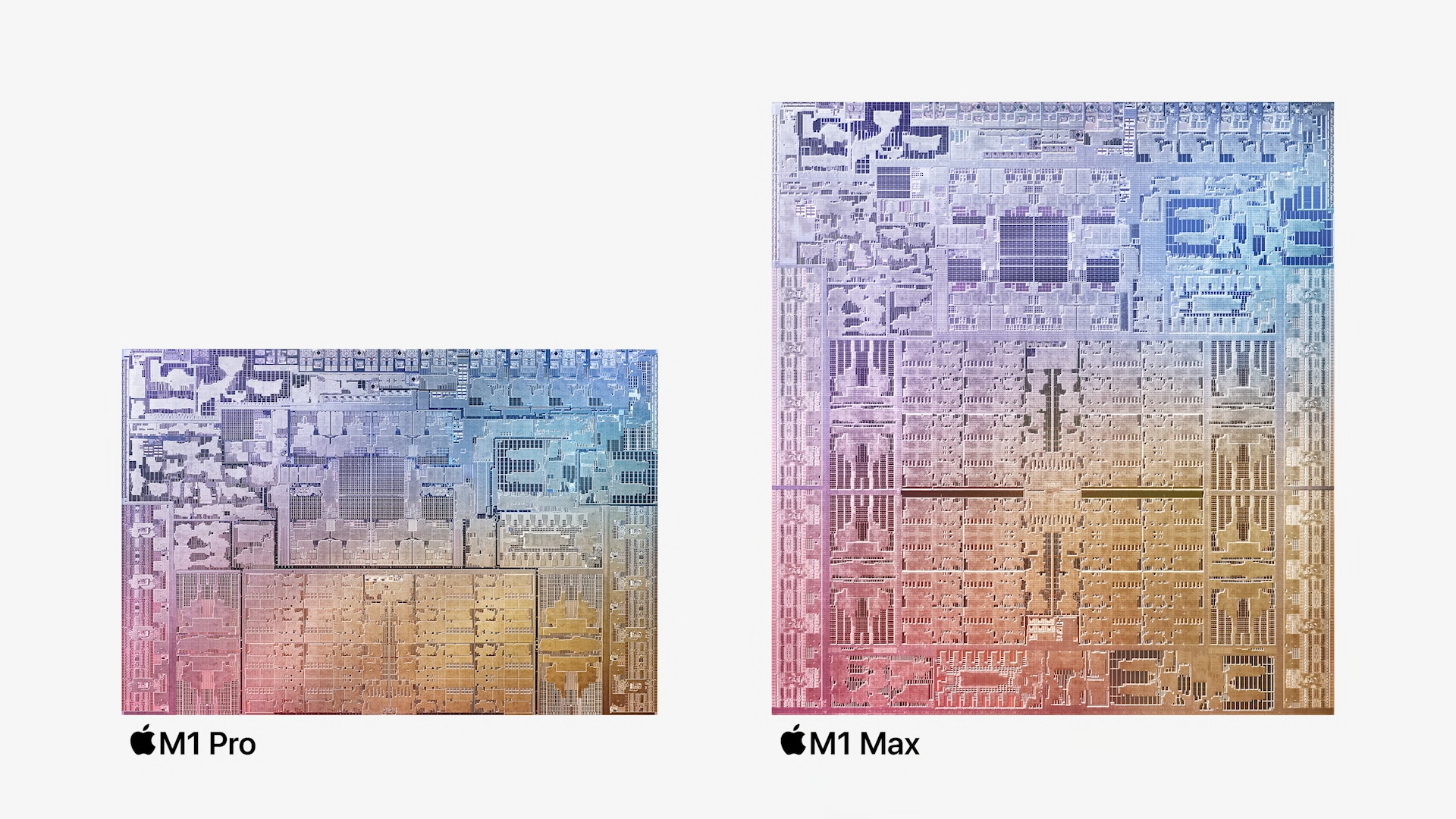
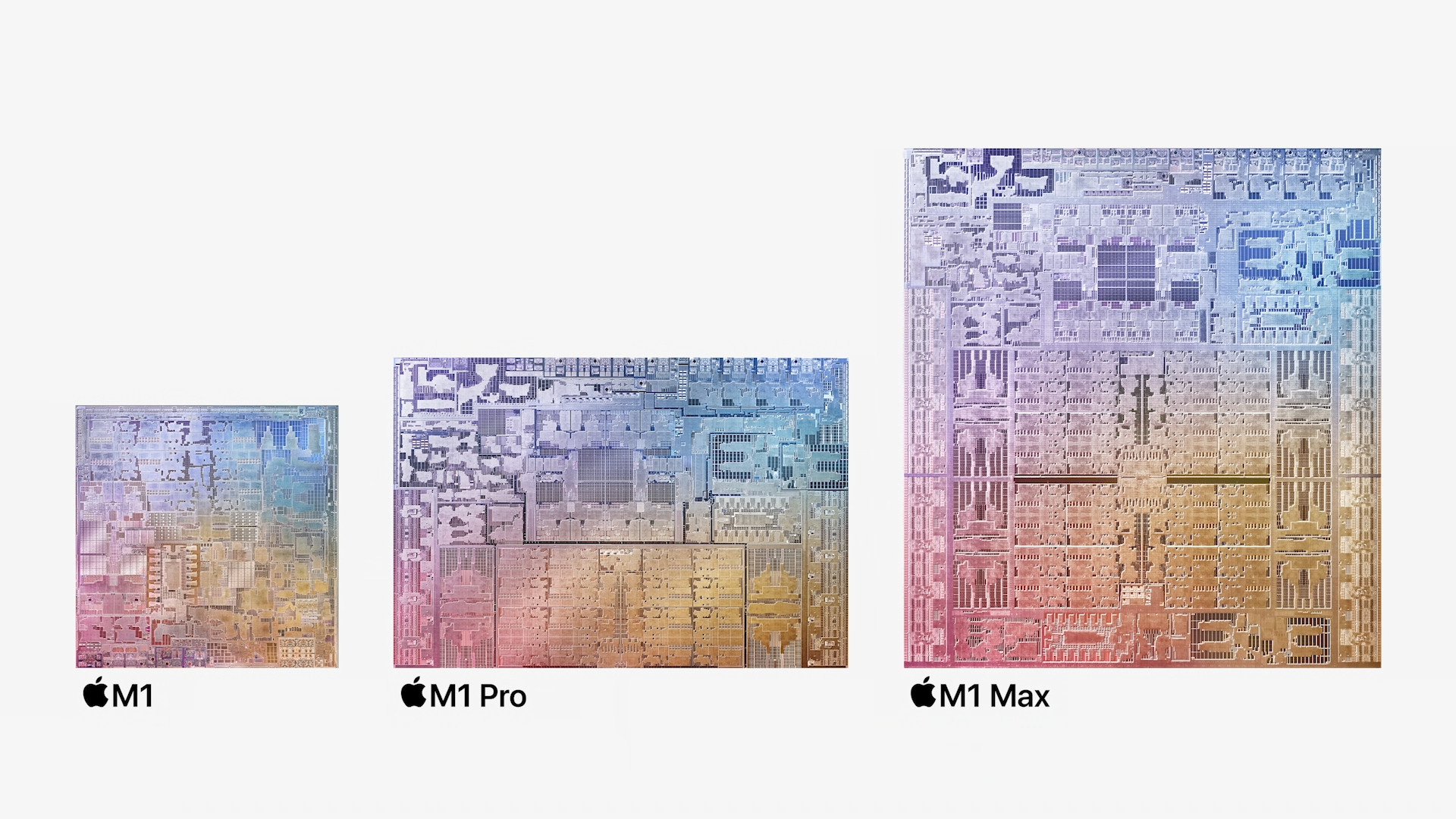
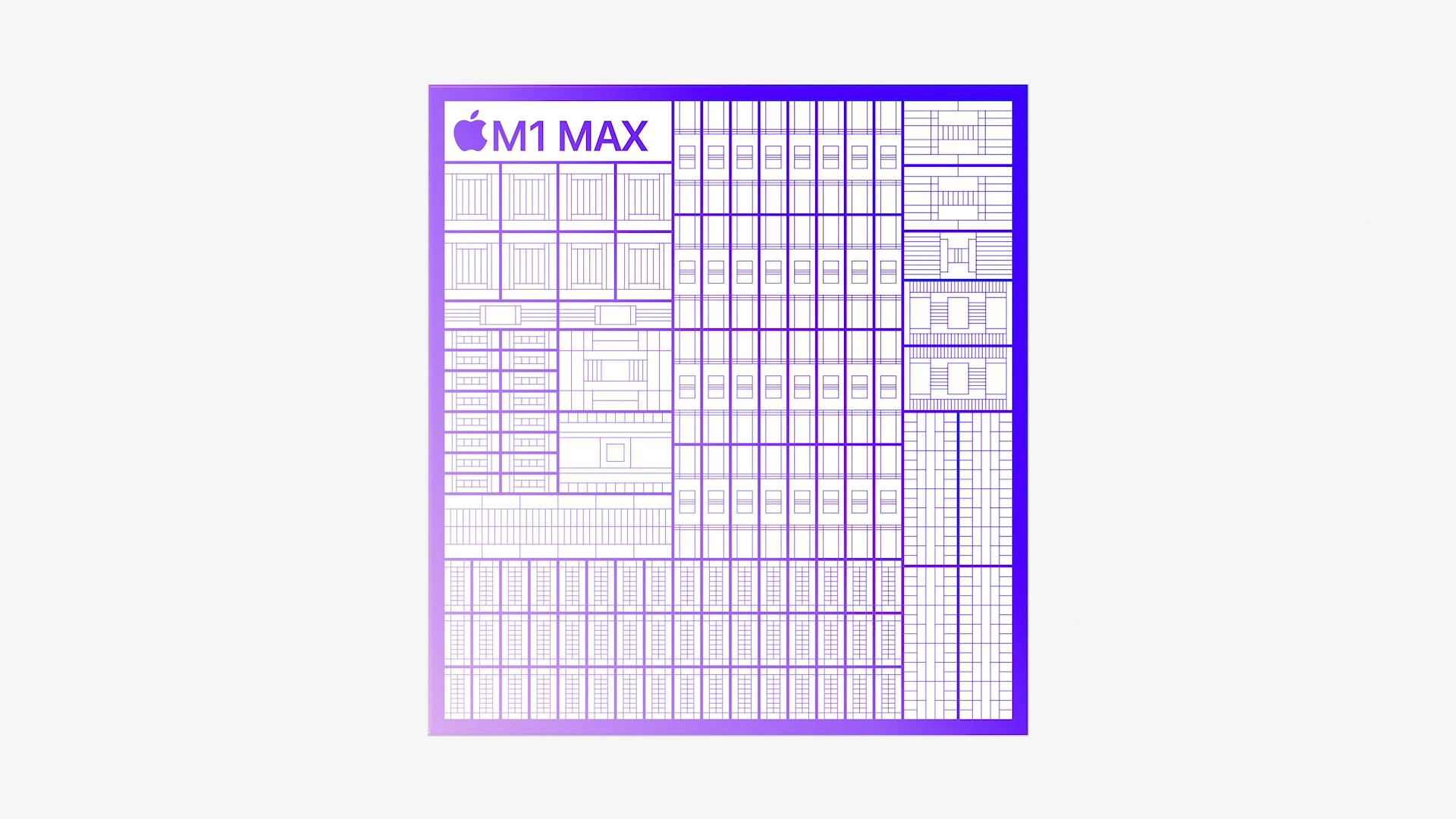
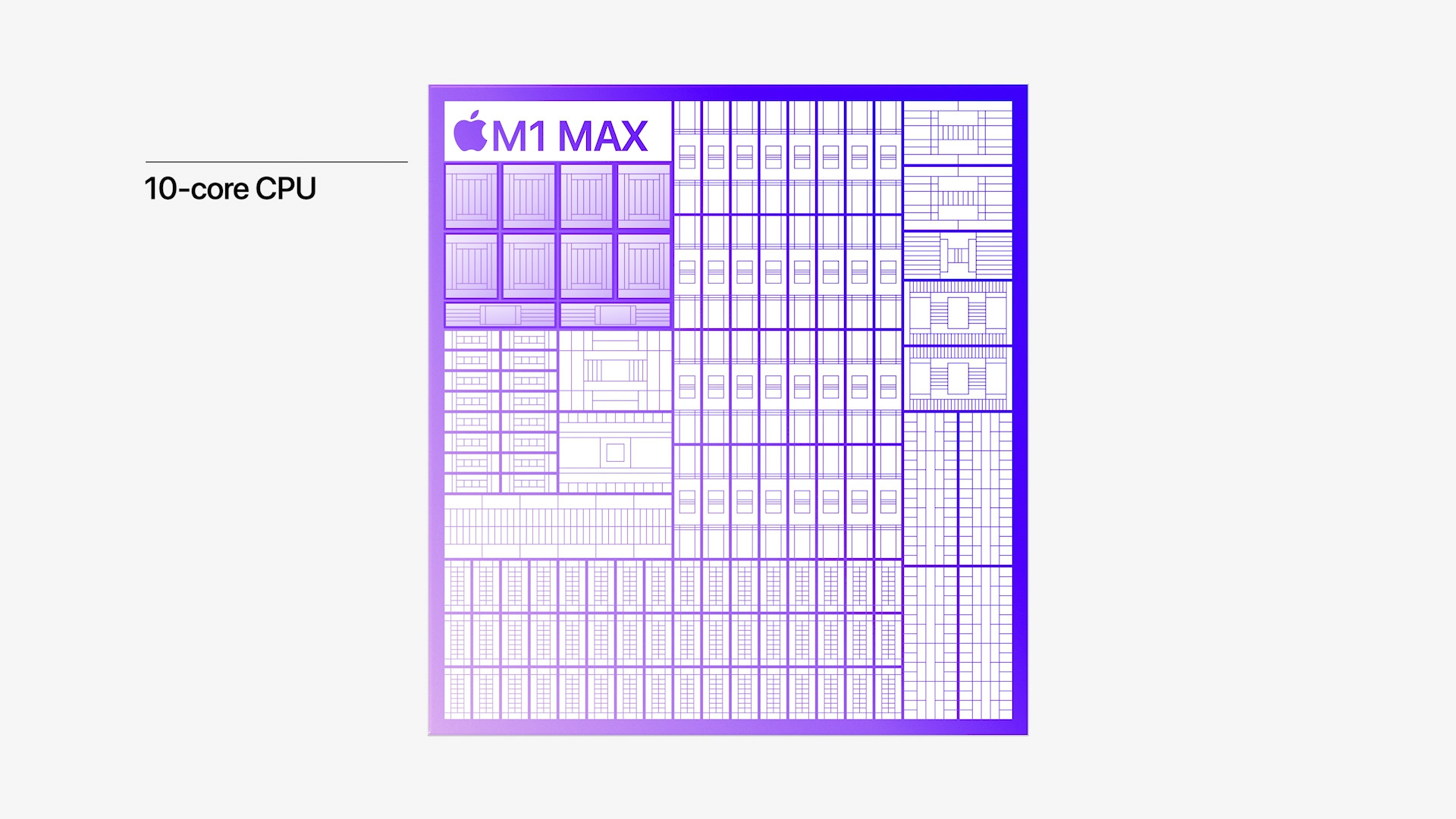

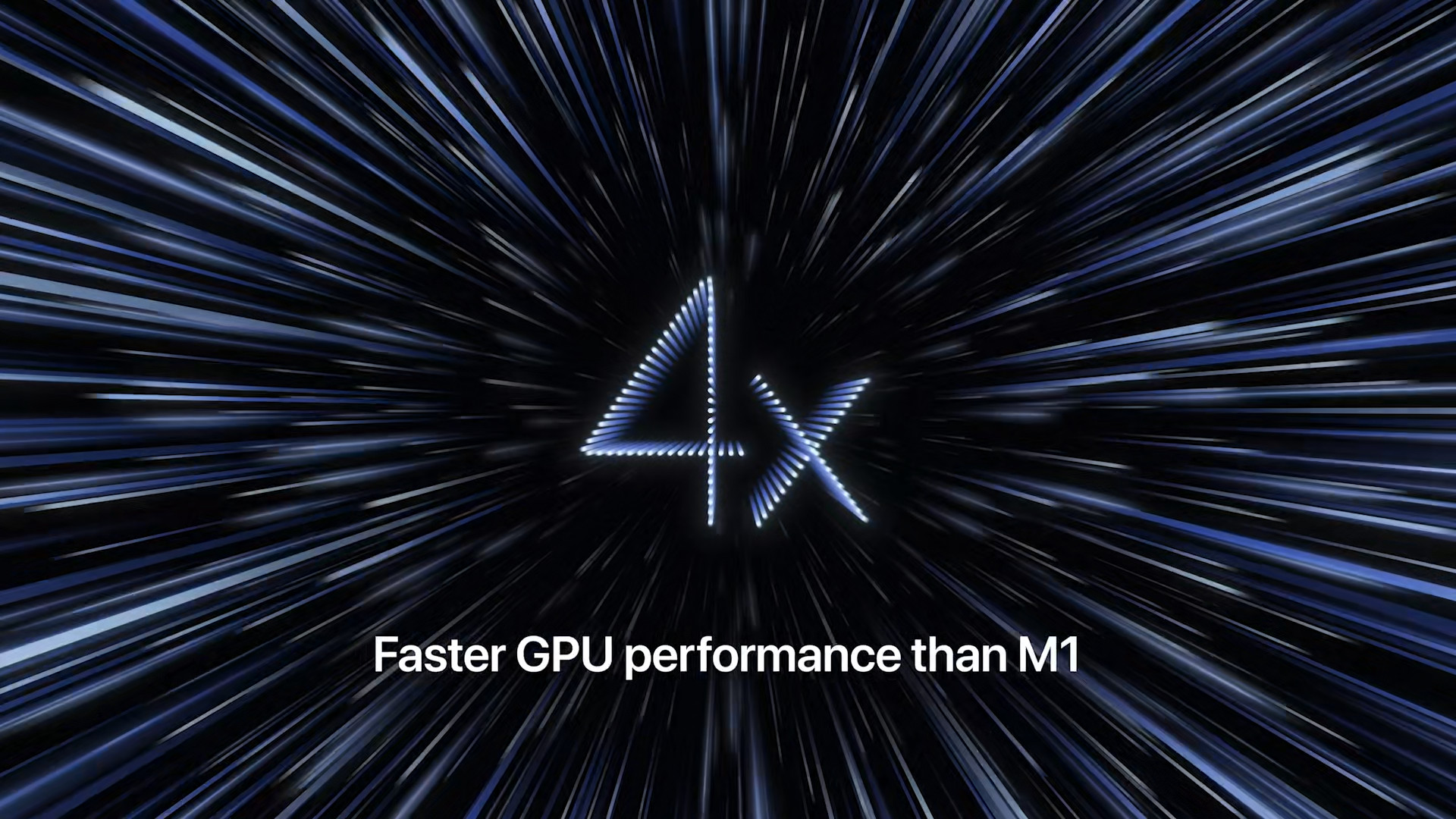
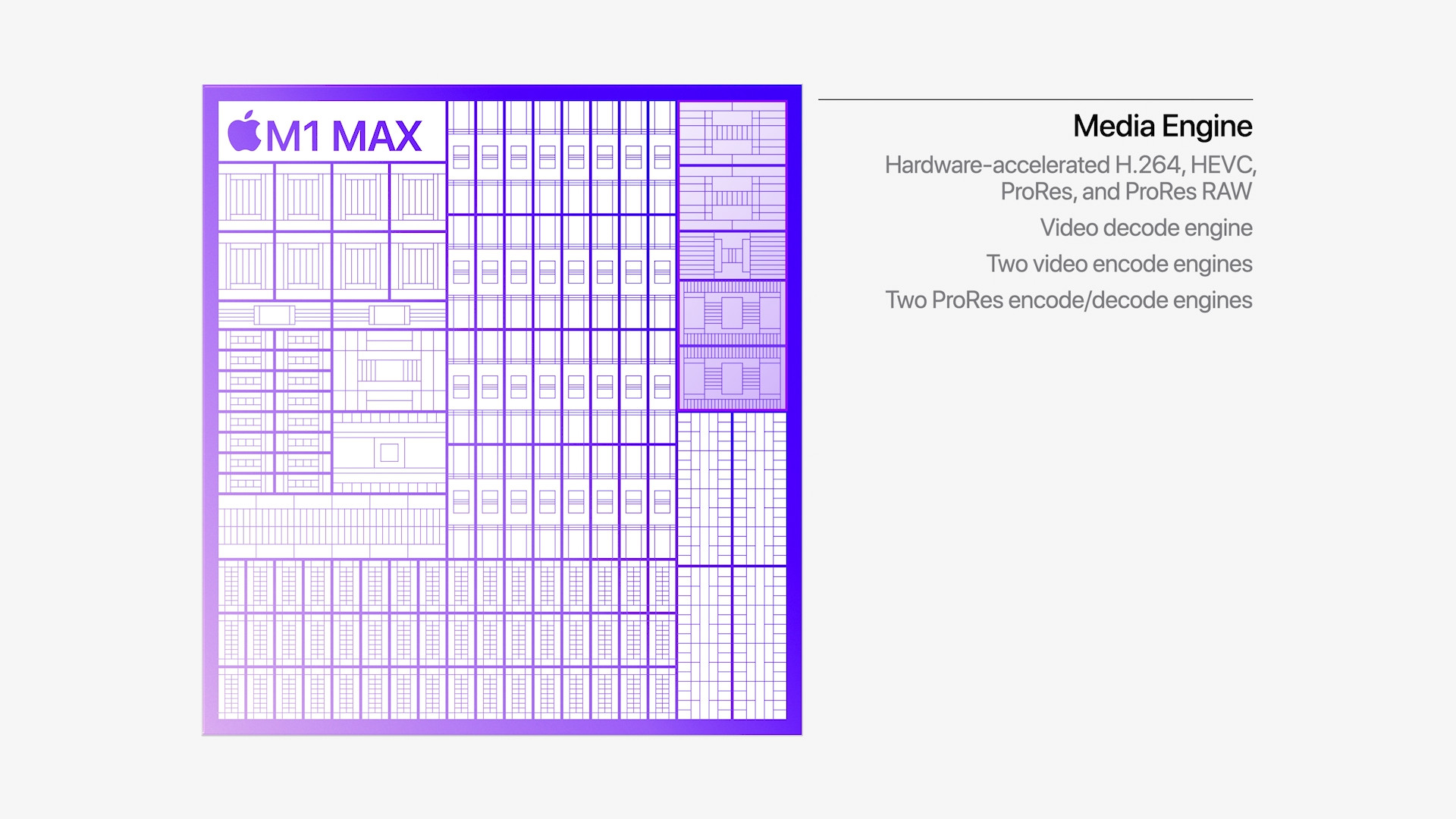
I don't know what the author was talking about, but I really don't find anything illogical or unusual about it. Other manufacturers have been doing it this way for years and it doesn't offend anyone. And it is completely understandable that the entry-level model of the new generation is weaker than the flagship that precedes it.
It seems illogical to me. Personally, I would choose a different label. The author of the article is fine, but you are the one who should learn to express himself.